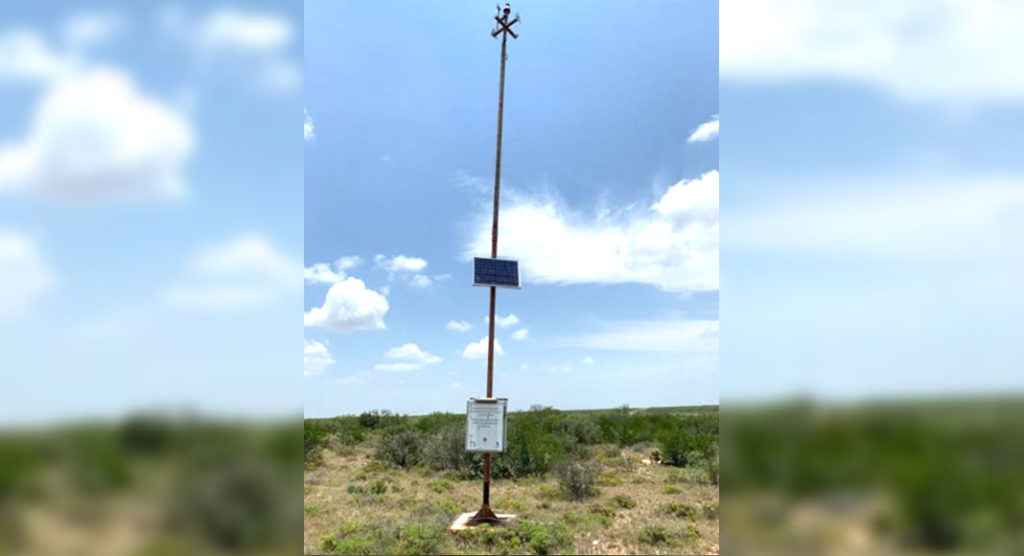
Texas Border Business
Washington, D.C.— Since the fiscal year 2019, Congressman Henry Cuellar (TX-28) has delivered over $7 million in federal funds to the Department of Homeland Security for rescue beacons. This technology saves the lives of immigrants who are lost or abandoned in the south Texas terrain.
“Rescue beacons are critical to preventing the loss of human life along the southwest border,” said Congressman Cuellar. “That’s why, since 2019, I have worked hard to secure over $7 million in federal funding in the Homeland Security Appropriations that allow the U.S. Border Patrol’s Missing Migrants Program to deploy rescue beacons across the southwest border.
“As the Vice Chair of the Homeland Security Subcommittee on Appropriations, I will continue to fight for additional funding for projects that ensure the health and safety of migrants who arrive at our southern border. I want to thank all the men and women in Border Patrol for their dedication to rescuing people in need on the southwest border.”
Human smugglers “coyotes” frequently abandon migrants in the harsh southwest border terrain. Oftentimes, they face life-threatening circumstances. They are miles away from shelter, food, and water; exposed to harsh terrain and drastic changes in temperature; and lack the means to receive help if they need it. When faced with these types of adversities, migrants have a high risk of becoming disoriented, dehydrated, and succumbing to the harsh environment before they can reach help. As a result, many perish along the border every year.
To help notify U.S. Border Patrol when migrants are in distress and provide a general location of where they may be, U.S. Customs and Border Protection (CBP) has placed rescue beacons and 911 rescue placards throughout parts of the southwest border, specifically the Rio Grande Valley, that are frequently traveled by migrants or have posed a threat to them in the past.
The rescue beacons, when utilized or directly activated by a distressed subject, notifies Border Patrol Agents that there is an emergency in the immediate area. The informational placards provide migrants with emergency contact information in English and Spanish that they can use to contact emergency management services (e.g. 911) if needed. They also provide a general location that agents can use to begin their search for migrants, if necessary.
The rescue beacons provide the capability for a migrant to call for medical assistance or rescue while automatically providing a location. Rescue beacons are self-contained, solar powered units placed in remote locations considered to be high risk for people in distress. Approximately 35 feet tall, each is equipped with a high visibility strobe light on top of the structure. Many of the towers utilize a camera system to determine an appropriate response and aid in the rescue effort.
Currently, there are 14 rescue beacons deployed throughout the Rio Grande Valley Sector and there are plans to increase those numbers in the near future, according to U.S. Border Patrol.
Read Congressman Cuellar’s Appropriations language on rescue beacons here.













